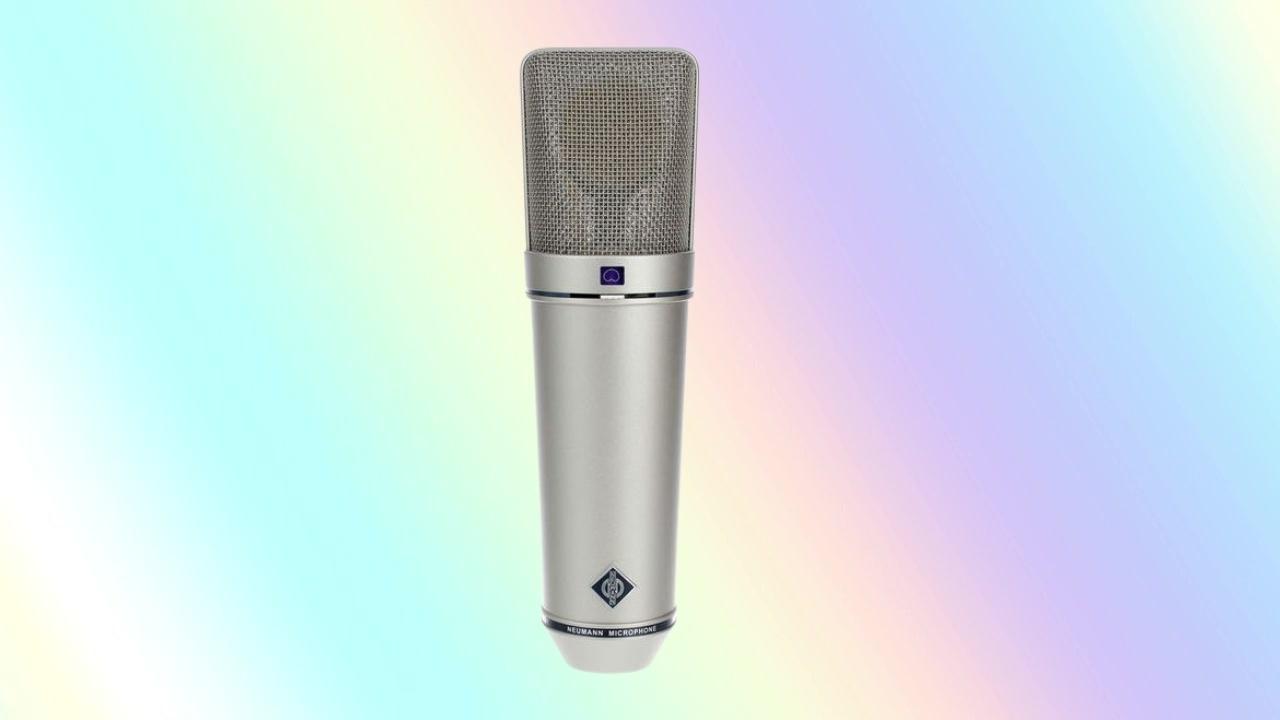The Neumann U67 was introduced in 1971. The cost of the microphone is £5,035 or $7,000. Is it worth the Price? Let’s find out in this review!
U67 key features:
It has cardioid, omni and figure eight pickup patterns. The mic comes with a large microphone and diaphragm valve condenser.
Neumann wanted to keep the mic like the original design even though the power supply was redesigned like a power supply which has a large toroidal transformer and not switched mode.
It is a BV12 output transformer and an EF86 valve. It was introduced in 1960 with a new model to replace the U47.
The body is designed with a low pass filter and three polar patterns. The centerpiece is the K67 capsule and the tone of Neumann mics was designed and in which the U87 was built.
We have done a hands down comparison in between u67 and u87, so do check that out if you’re interested in digging further.
After the introduction of U87, the amount of U67 manufacturing decreased. For recording the vintage microphones became the best choice. U67 has been the most copied version of the mic.
Neumann again started using the U67 mic which was forgotten for almost 50 years. It was used with the electronic design and capsule as the old one had. It was hand soldered and hand made in Germany.
Power shock and cable
The latest version of U67 comes with a power shock, cable and shock mount in a flight case. The new mic is well made and designed well.
The same output BV12 is used like the U47 with an EF86 valve-based gain stage. The modern EF86 valves require power supply which are redesigned as their current draw is slightly higher than the older stock version.
The latest PSU easily adapts to any local power source due to the voltage sensing circuit. The voltage can be anywhere between 50 or 60 Hz, 100-120 V, or 220-240 V.
To add power to the old mics, the new design can also be used and tried. The power supply is connected to the mic with a seven pin UC5 cable. The cable is 10m long and feels sturdy with a double helix braiding to protect it from damage.
Do I really need this?
The latest U67 is quite expensive. It costs around £5,000 which may be expensive for quite a few. But some clients would surely want to use this microphone for it’s quality.
Old vs New
The new model comes with a smooth midrange, and a bright audio quality while the old model has around 150-200 Hz sound quality. The older mic capsule has deteriorated and is quite old.
Neumann U 67 Box Shot
There might be many differences between the two mics but the thing to be noted here is that they have a fab sound. The latest model picks up the faster transients of the guitar and gives away every detailed sound of the instrument.
The electric guitar had a mid range of 6k Hz. It helped a lot as it did not have any fizz and gave the amp tone on the top end.
With the Neumann U67 the vocalists and guitarists have the best performance opportunity. Neumann U67 has come a long way unlike the other mics which have mostly faded away with time. A mic is the best until it can help the performers with the best performance.
The air glistens in the newer one if compared to the older one. It has better clarity and depth.
The old mic had a slightly low mid range but the latest tone of Neumann U67 is wonderful. If asked to choose between the two, nearly all would want to go with the new model.
To conclude…
The U67 suits nearly all instruments from voice to guitar, to piano and bass guitar, to orchestral instruments and drum overheads. It is one of the main reasons for the mic becoming so famous.
It can be bought between £8,000 and £10,000 in best conditions. The mic has a durable quality. A new mic can be bought for half its price so it may be expensive for many. But U67 is surely the best choice for studios and is surely worth investing in.




